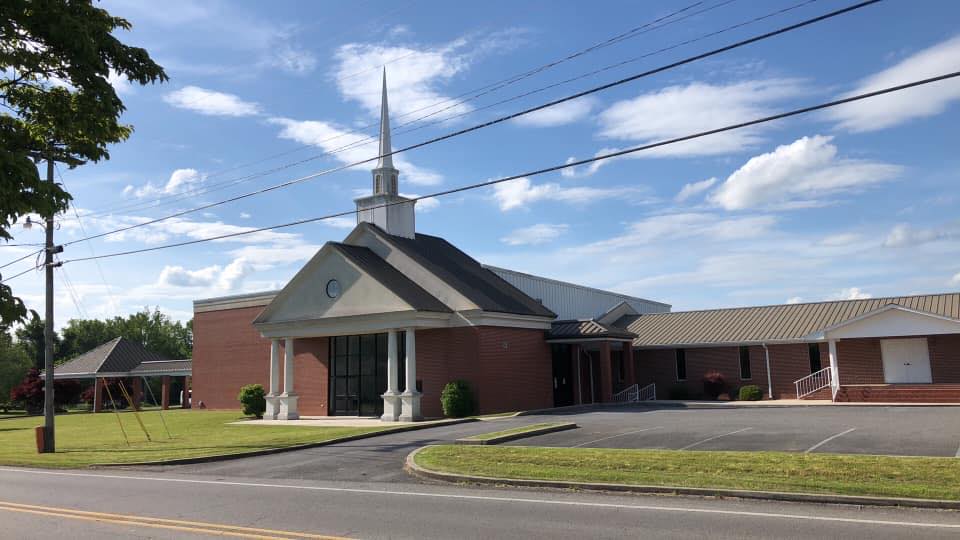The church welcome time is important in your church for three reasons: to be friendly to regular attenders, to demonstrate the way members are friendly to each other and to make guests feel appreciated for attending, so they’ll hopefully return.
While the scheduling is up to you, placing this time near the beginning of your worship service is wise because it’s good to introduce a sense of welcome early in your fellowship.
There are 5 essential things you should include in your church welcome time:
- The welcomer’s information. Whoever leads the greeting needs to give their name, their role and a way to contact them or someone else later. If you use screens, you can create a slide with the contact information. This allows your congregation and guests to start building a relationship of helpfulness, leadership and friendship with someone. Even better, explain how people can talk personally with the person after the service. Research has shown that when guests and members know each other by name, they are more likely to stay in that church. So share your name and invite discussion.
- A genuine reason you’re glad they’re present. Getting ready, driving to church and spending time together shouldn’t be taken for granted, especially if you want it to happen regularly. Your attendees could have chosen to stay home and do other things. Fortunately, they came. Or maybe they tuned into an online service. Use your church welcome time to make the gathering special for an authentic reason.
- A church thread. Your church should have a controlled takeaway message you want to be known for. That thread needs to authentically weave itself through your website, services, ministries and your welcome time so your church becomes remembered for it. Use the words you want the audience to use in response to questions like “What’s this church all about?” ”Why do you attend our church?”
- A next step. When the member or guest arrives for the service, they’re anticipating something beneficial out of their time. A welcome time near the beginning of the service is an excellent time to establish potential decisions that may be made after the sermon. It’s also the perfect time to explain how your church puts faith into action through missions or ministries that would be their obvious next step. Resist feeling like everyone understands what the church offers. Tell them the benefit of taking the next step (for example, registering for a small group, going to a Sunday School class or volunteering for a missions project) and be very clear how to do whatever they decide (without overloading them with details).
- Establish trust in your website. No one, especially a guest, will remember all the details they heard during a service. Therefore, mention your website address as the trusted source for all their questions and answers. And ensure your website lives up to the honor of their trust!
EDITOR’S NOTE — Mark MacDonald is a communication pastor, speaker, consultant, bestselling author, church branding strategist for BeKnownforSomething.com and executive director of Center for Church Communication, empowering 10,000+ churches to become known for something relevant (a communication thread) throughout their ministries, websites, & social media. His book, Be Known for Something, is available at BeKnownBook.com.






Share with others: